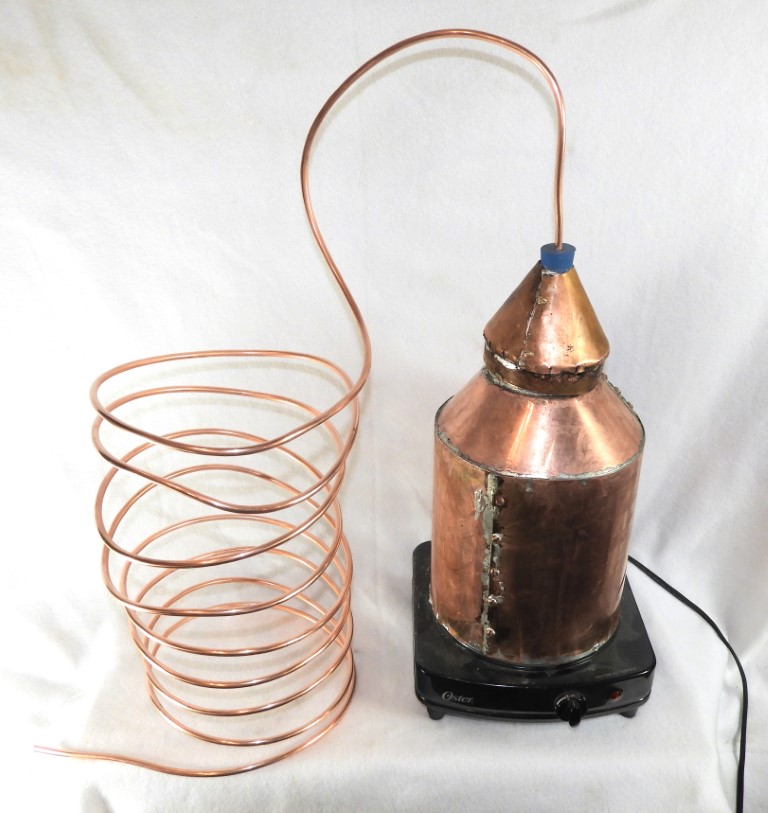Illustrated by Peter Strain
Zakariya Al-Razi, the Secret of Secrets, and the invention of the modern still
Distillation is a purification technique that every chemist knows well. Since different chemical compounds boil at different temperatures, chemists can separate one desired substance from another through selective heating. We use distilling equipment to make everything from distilled water to ethanol to gasoline.

Although distillation has been around since ancient times, the modern process traces its roots to medieval Islamic alchemists. Zakariya Al-Razi was foremost among them. A tenth-century Persian alchemist, physician, and philosopher, Razi is considered by many historians to have devised and put forward in writing the foundations of modern chemical distillation.
In his manuscript with the rather thrilling name The Book of the Secret of Secrets, Razi (also known as Rhazes or Rasis in the West) lays out the equipment, chemicals, and techniques involved in efficiently distilling a great variety of substances including kerosene, alcohol, and essential plant oils. While others wrote about distillation before him, it is Razi who first describes using the three main components of modern distilling equipment: the qar’a (boiler), the anbiq or alembic (distillation head) and the qabila
(the liquid receiver.)
In this issue’s Remaking History project, you’ll follow in Razi’s footsteps during the Islamic golden age and fabricate a working copper alembic pot still, capable of distilling many substances. With this equipment, you can make purified water, essential oils such as rose water and lavender oil, and even ethanol (alcohol) — which Razi also discovered!






















